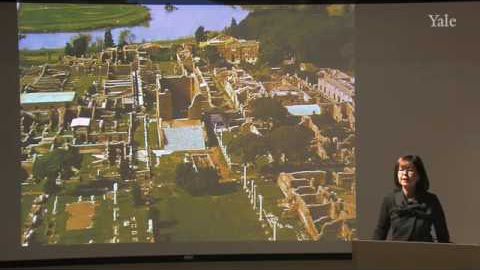
字幕と単語
16.ローマの港オスティアでの生死をかけたローマ流の生き方 (16. The Roman Way of Life and Death at Ostia, the Port of Rome)
00
Sofi が 2021 年 01 月 14 日 に投稿保存
動画の中の単語
concrete
US /kɑnˈkrit, kɑŋ-, ˈkɑnˌkrit, ˈkɑŋ-/
・
UK /'kɒŋkri:t/
- n. (u.)コンクリート
- v.t.コンクリートで建てる;コンクリートで覆う
- adj.具体的な
- n. (c.)具体的な物
- v.i.凝固する
B1 中級
もっと見る エネルギーを使用
すべての単語を解除
発音・解説・フィルター機能を解除
